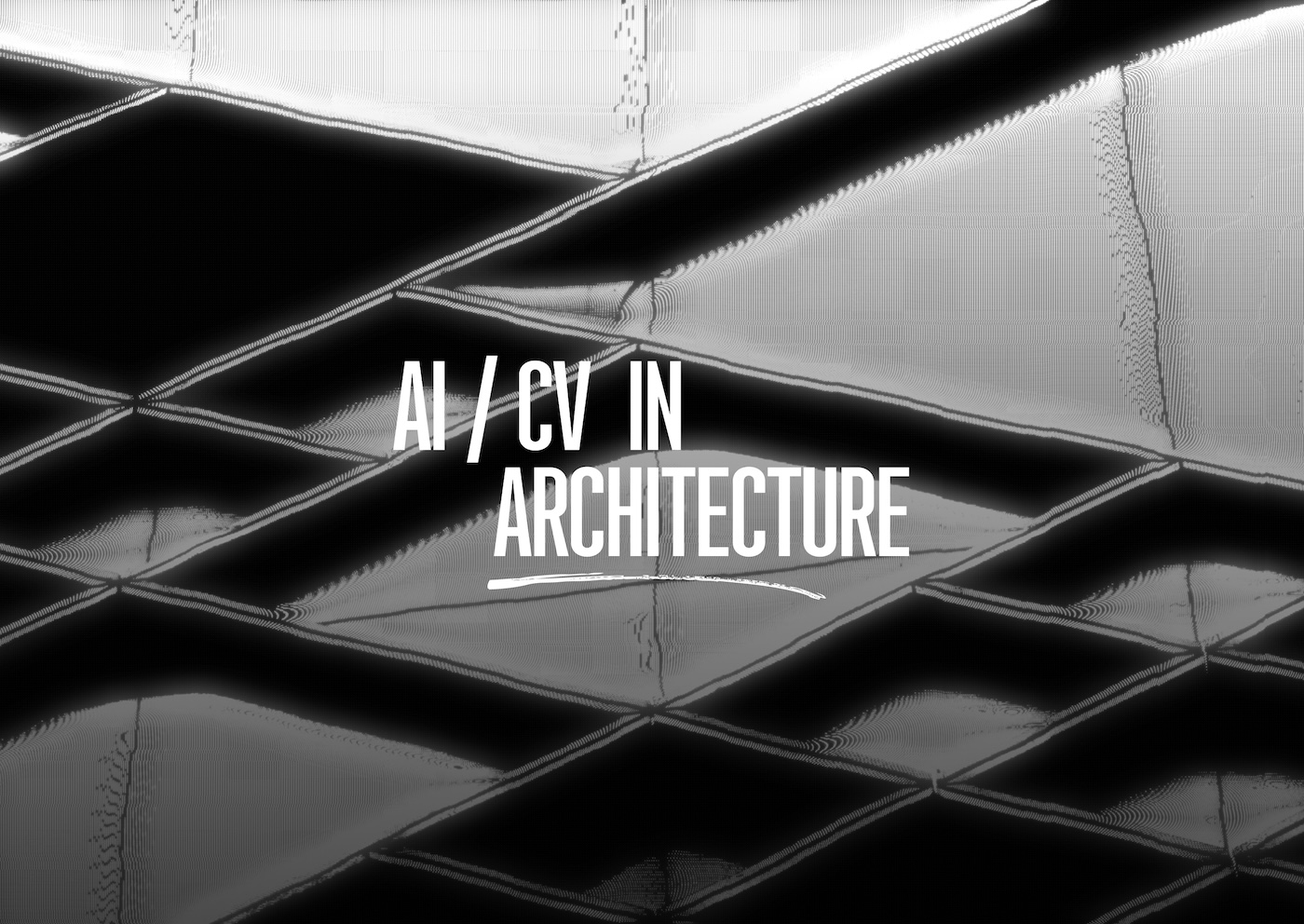
From office occupancy management to retail space optimization and video surveillance, multi-object tracking can be applied to a variety of scenarios:

Office Occupancy Management
Analyzing employee movement, space usage, and social distancing compliance within an office environment.

Retail Space Management
Optimizing store layouts and customer experiences by tracking visitor movement and analyzing how space modifications impact sales.

Video Surveillance
Monitoring restricted areas for unauthorized people or vehicles, and identifying potentially hazardous activities like running in construction sites.
In the context of people tracking and counting, we'll focus on the "tracking by detection" paradigm, which involves object detection and person re-identification (Re-ID).

Object Detection
Identifying people in images and outputting their bounding boxes using deep learning algorithms, specifically for pedestrian detection.

Person Re-identification (Re-ID)
Recognizing the same person in different images by generating a vector of numbers that describe their visual appearance. Re-ID algorithms can be categorized into face-based and full-body based approaches.
Tracking by Detection
Combining object detection and Re-ID to create a seamless tracking experience in a video by matching detections from consecutive frames.
While powerful, multi-object tracking can be complex and prone to errors:
• Trade-offs between accuracy and speed: Balancing the need for a fast and accurate detector in real-time applications.
• Handling occlusions and memory: Tracking people who become temporarily invisible and reappear later in the video.
• Tracking people in uniform or with similar appearances: Relying on positions and sizes of bounding boxes when Re-ID is insufficient.

At OpenCV.ai, we've developed a state-of-the-art object tracking and counting engine that balances speed, accuracy, and stability.
Our optimized neural net can run on small edge devices or in cloud setups, enabling a wide range of business applications.For more information about our people tracking engine, feel free to reach out to us at contact@opencv.ai.
By understanding the intricacies of multi-object tracking and its real-world applications, businesses can harness its potential to revolutionize retail and other industries. Partnering with experienced professionals like OpenCV.ai can help businesses maximize the benefits of this cutting-edge technology.
Multiple object tracking algorithms often involve trade-offs and complex systems with numerous parameters.
This allows customization for specific use cases but can make tracking systems challenging to build. However, with advancements in Deep Learning and Computer Vision, we have seen significant improvements in the accuracy and speed of multiple object tracking systems.
